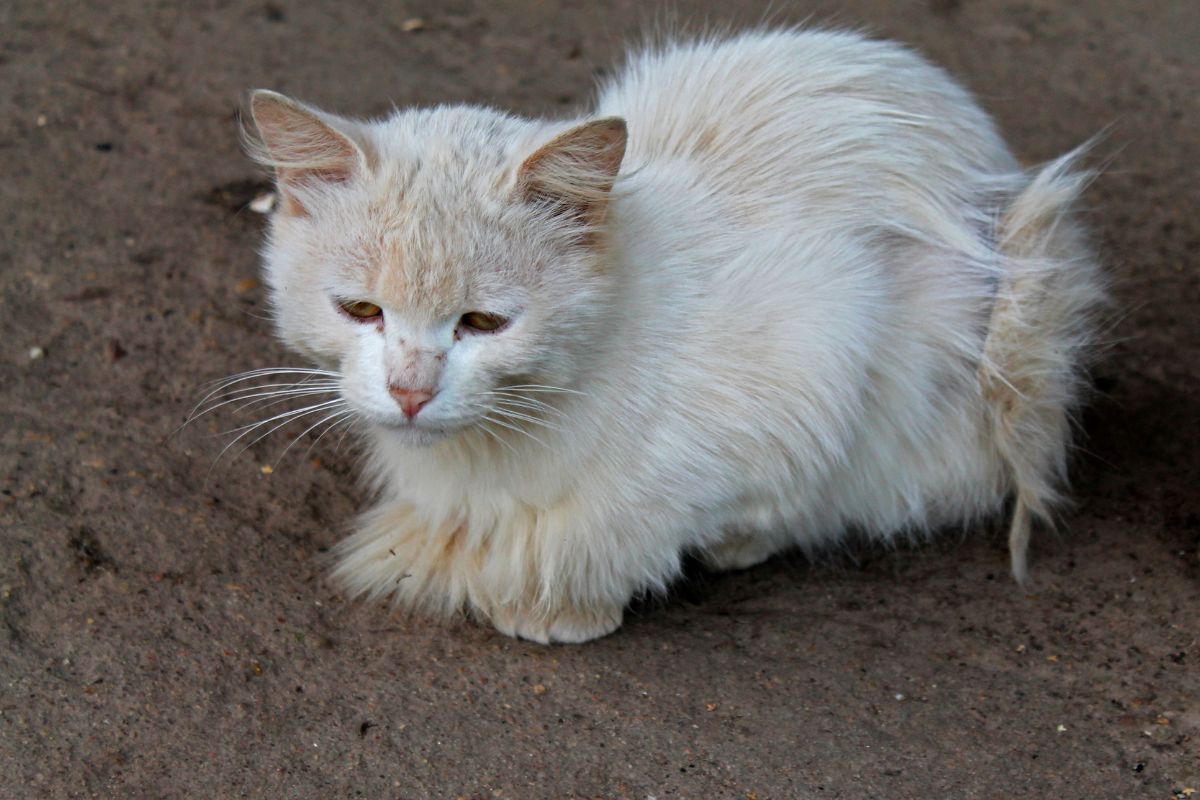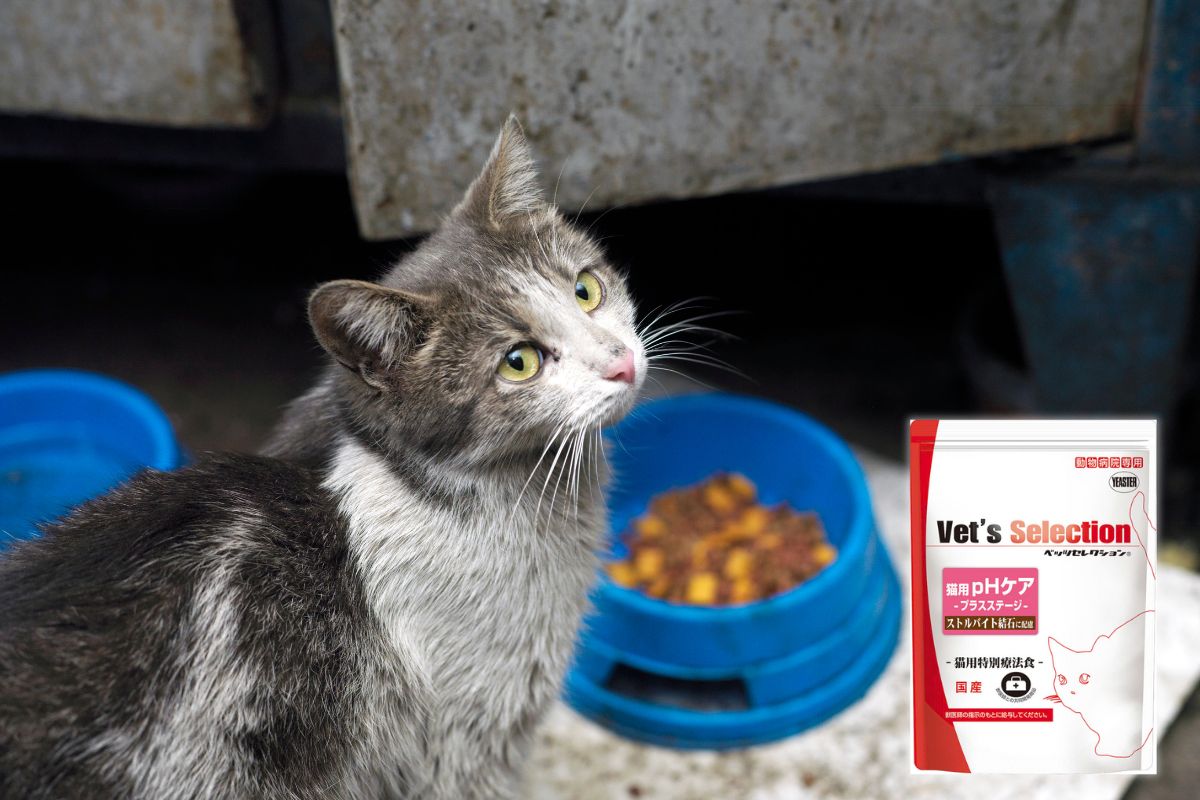Why do newly adopted stray cats often get scared and refuse to eat?
Many pet lovers are surprised when they bring a stray cat home only to find that the cat hides, shows fear, or even refuses to eat for days. This is actually a natural reaction when a cat is forced to leave its familiar environment and face a completely new space.
Stray cats often experience life on the streets, where they must fend for themselves to survive. This makes them highly alert and sensitive to unfamiliar sounds, people, and scents. Once adopted, the sudden change can push them into a stressful state, often leading to avoidance behaviors and loss of appetite.

Signs that a stray cat is stressed
Understanding early signs of stress helps you care for your cat better. Common indicators include:
- Hiding in dark corners, under beds, or in closets
- Growling or hissing when approached
- Fur standing on end, ears pinned back
- Refusing to eat or drinking very little
- Improper elimination or vomiting
These behaviors don’t mean the cat can’t be tamed. They simply need time, patience, and a sense of security to adapt to their new life.

Helping a stray cat get used to a new environment
Patience is the most important factor in taming a stray cat. Step by step, you should create a safe and calm atmosphere.
Prepare a quiet, safe space
At first, don’t let your cat roam the entire house. Set up a small, quiet room with a cozy bed, a litter box, food, and water bowls. This “safe zone” allows the cat to rest and feel secure.
Avoid sudden interactions
New owners often want to cuddle or pet their cats right away. But this may increase fear. Instead, spend time sitting quietly in the same room, letting the cat observe you. Once the cat approaches on its own, you can slowly build trust with gentle eye contact and a calm voice.
Use familiar scents
Cats rely heavily on scent. Leaving an old T-shirt of yours in the room can help the cat get used to your smell, reducing their sense of threat.

Dealing with a stray cat that won’t eat
Refusing food is one of the biggest challenges when taming stray cats. This not only affects health but also slows down the bonding process.
Choose the right food
In the early stage, try offering wet food with strong aroma to stimulate appetite. Specialized diets such as Vet’s Selection pH Care Plus Stage for Cat are good options since they provide complete nutrition and support digestion during this sensitive period.
Avoid sudden food changes
If the cat starts accepting a certain type of food, stick with it for a while. Once the cat feels more secure, you can gradually transition to a more suitable long-term diet.
Respect the cat’s pace
Some cats may need a few days to return to normal eating habits. Avoid force-feeding or pressuring them, as this only increases stress.

Step-by-step taming to turn a stray into a friendly companion
Taming a stray cat isn’t something that can be done in a few days. Each cat has its own temperament and level of caution, meaning the adjustment timeline will vary. Some cats may warm up in a few weeks, while others could take several months.
The key is consistency and patience. Avoid scolding or punishing. Celebrate small progress – whether the cat dares to come closer or eats while you’re in the room – because each step is a sign of growing trust.
Adopting and taming a stray cat is challenging but also deeply rewarding. With patience, love, and proper care, you can help a stray cat transform into a loyal and affectionate companion.
Remember, nutrition plays an important role in this journey. Choosing complete, balanced, and easily digestible food helps your cat regain health, reduce stress, and integrate more smoothly into their new environment.


 Vietnamese
Vietnamese  日本語
日本語  English
English 



